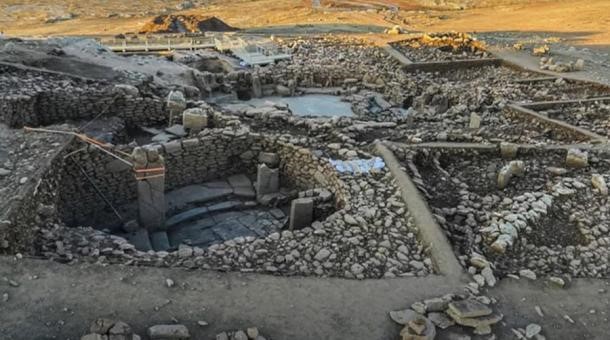
The astonishing site of Karahan Tepe in the Şanlıurfa Province of Anatolia, Turkey, is turning our knowledge of the Neolithic period on its head, and equals its sister site Göbekli Tepe, as one of the most advanced Stone Age constructions in the world.
Karahan Tepe is located just 35 kilometers (22 miles) east of the world-famous site of Göbekli Tepe. Exploratory surface excavations began in 1997 and revealed some T-shaped obelisks that resembled those found at Göbekli Tepe.
Since then, archaeologists have made a series of amazing discoveries at the Karahan Tepe site, which is believed to be nearly 11,500 years old. More than 250 obelisks with animals carved on them have been discovered at the site so far, along with some three-dimensional human heads and figures. A building with a 7-meter (23 foot) diameter, a large part of which is carved into the bedrock and reaches a depth of 18 feet (5.5 meters), has also been excavated. What is truly astonishing is that these huge artworks were carved into the Taş Tepeler (literally, “Stone Hills”) hill region using stone tools!

Three-dimensional head carving at Karahan Tepe. Credit: JJ Ainsworth / Megalithomania
Prof. Karul, who heads the Karahan Tepe dig , said that artifacts found at Karahan Tepe were similar to those discovered at the Göbekli Tepe site, which was built 6000 years before Stonehenge.
Only a small portion of Karahan Tepe has been excavated so far and it is anticipated that a lot more will be discovered as the investigations progress.
Top image: The Karahantepe dig site. (Ancient Architects / YouTube screenshot )






